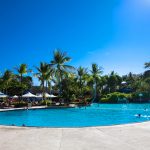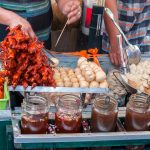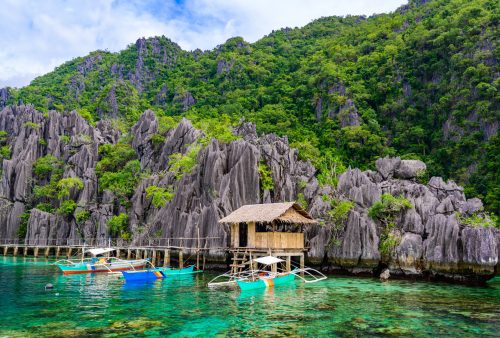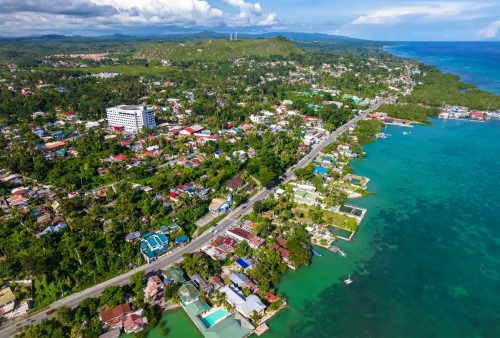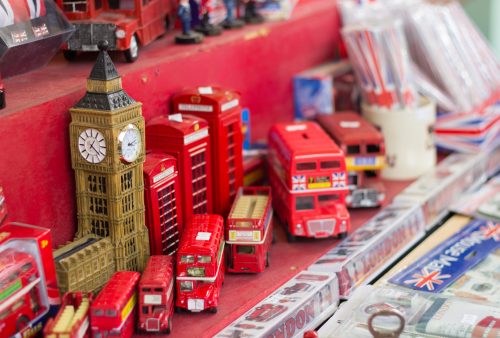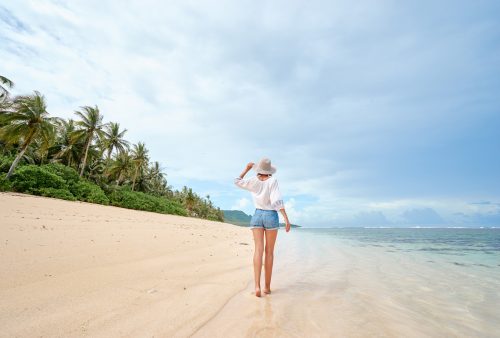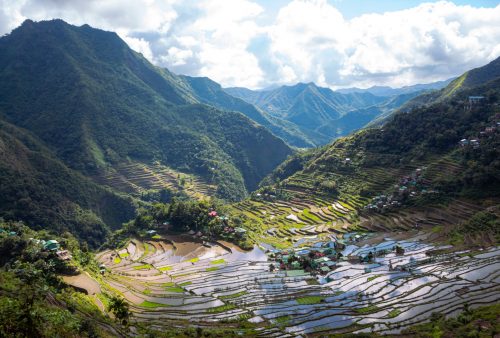While there is a moderately fair amount of native tribes or ethnic factions in the country, they continue to be some of the humblest, less lucky and obstructed representatives of civilization. They typically live in the highlands and therefore were not hurt by Spanish or American settlement, which is the main reason they were able to preserve their practices and customs.
During your Philippines Travel, you’ll discover that there are two chief indigenous groups containing numerous upland and lowland native tribes existing inside the Philippines – from the northern and southern portions of the Philippines. The ethnic people existing in the northern portion of the country are known as the Igorots, while those non-Muslim ethnic tribes existing in the south are known as Lumad.
Igorot Tribes from the Northern Philippines
On your Philippine Holiday you’ll come across; The Igorots, which contains several tribes in the northern portion of the country, who generally live in the mountain domain of the Cordillera Region. They are commonly recognized for being rice farmers. A variety of the group known as the Ifugaos constructed the Banaue Rice Terraces – often known as the ‘eighth wonder of the world’. The descendants of this ethnic tribe sculpted a method of watered rice terraces in the peaks of Ifugao nearly 2,000 years ago. The Igorot tribe also comprises of the Bontoc, Isneg, Ibaloi, Kankanaey, Kalinga, and Tinguian factions. Other clans staying in the north are Isnag from Apayao, Gaddang (located amid Kalinga and Isabela regions), and the Ilongots staying in the east peaks of Luzon known as the Sierra Madre and the Caraballo Mountains. The Ilongots are recognized for their passionate fierceness and traditional preservations.
Lumad Tribes from the Southern Philippines
For the moment, in the southern portion of the country, ethnic tribes are typically discovered in Mindanao and Western Visayas. In Mindanao, these surviving non-Muslim native groups are together recognized as the Lumad – a Cebuano word which means ‘native’ or ‘indigenous’. Their Lumad clans contain around 13 indigenous factions which are the Bukidnon, Blaan, Higaonon, Mandaya, Mamanwa, Mansaka, Manobo, Subanen, Sangir, T’boli, Tasaday, Tagakaulo and Tagabawa. Their tribe is usually famous for tribal music made by musical appliances they’ve produced. Amid those stated above, the Manobo tribe comprises additional vast ethnic groups like the Agusan-Manobo, Dulangan-Manobo, and Ata-Manobo to mention a couple. The entire community of the Manobo group is unidentified as they inhabit main regions in core territories of the Mindanao Region.
Other leading tribes in the state
Palawan is also residence to several tribes like the Batak, Palawano, Tagbanwa, and the Palaweño. Generally staying in the highlands or lowland homes, some of these factions have also been incorporated in the big Manobo tribe of the South. They have not entirely welcomed city lifestyles, with the most of them staying in more countryside surroundings.
Mangyan
The Mangyans of Mindoro are famous tribes in the Philippines due to the reason that they have the largest population. Consist of eight diverse Mangyan groups, they have a nonviolent status, not like the headhunting clans of the North and warrior clans from the South. Though some have already turned into Christianity, there’s still a huge fraction of those who study animistic religious views.
Aetas or Negritos
During your Philippines Travel, you’ll find that the Aetas (or Agta or Ayta) are one of the initially recognized occupants of the Philippines who are now staying in dispersed hilly regions of the country. They were known by the Spanish settlers as the ‘Negritos’ due to their dark to the dark-brown skin. They are wanderers but are very experienced in plaiting and weaving, and Aeta women are believed to be professionals in herbal remedies.
Nowadays, the ethnic groups in the country stay in their native family estates as they reserve their ethnic traditions and customs. And while the Philippine régime approved the Indigenous Peoples’ Rights Act of 1997, there are still problems left unresolved, as well as their right for involvement.

